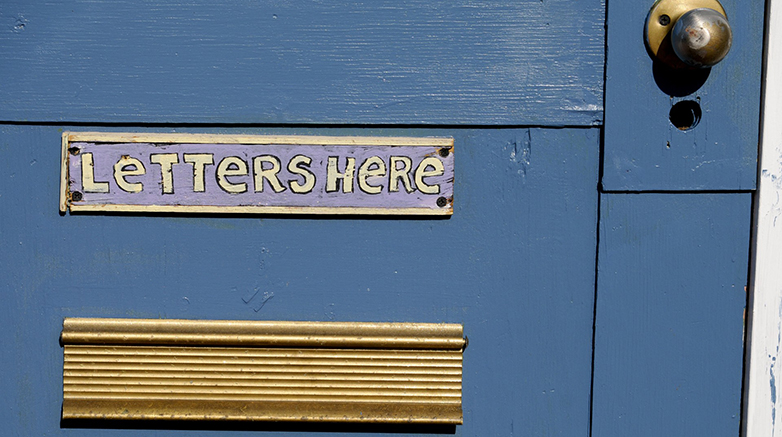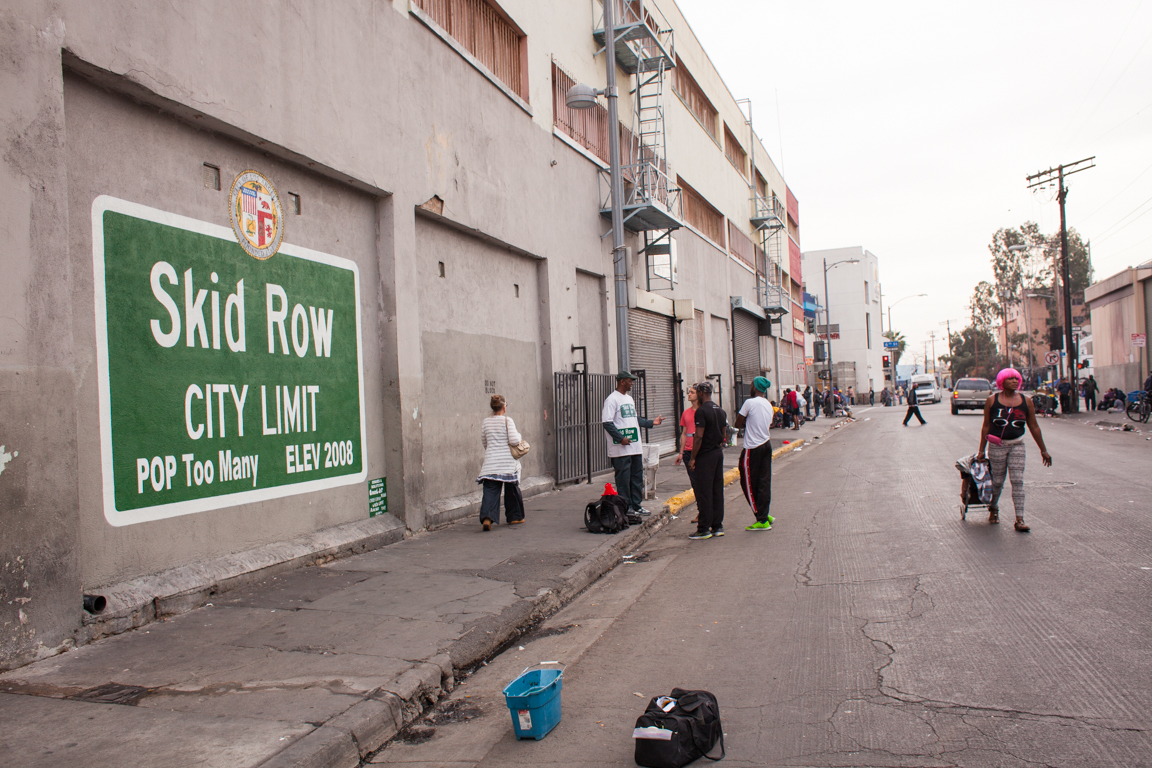Another crucial issue will be discussed tonight at the 7 o’clock City Council meeting.
Although there is much said about the conflict over the latest project on Van Buren and Lafayette, very little attention has been paid until recently to the true magnitude of the parking problem in the neighborhoods adjacent to Downtown.
As a direct result of the past 10 years of Redevelopment Agency focusing on welcoming businesses, the city's downtown is woefully short on parking.
Business after business, from the Kirk Douglas Theatre to Restaurant Row, have no actual parking lots. Any available space is fair game for Downtown employees and patrons, including Bank of the West, Washington Mutual, Sal Gonzales’s hotly contested lot, which contains 50-plus spaces, and, of course, the ever popular alternative to valet parking — our neighborhood streets.
The past thinking that led to creating three parking structures at the east end of Downtown to accommodate this redevelopment did not take human nature and accelerated growth into account.
While business is thriving, the residents who live closest to Downtown are negatively impacted. It seems the prevailing attitude, even in Ari Noonan’s Editor’s Essay today, has been that if you live close to Downtown you should put up with it.
I hope tonight that the Council will recognize that there are lessons to be learned from our Westside neighbors in Beverly Hills, Santa Monica, West Hollywood — don't place the burden on the residents. Recognize and manage the problem with designated residential versus commercial zones. This is why we have a Traffic Manager and parking enforcement.
The facts are that in order for a neighborhood to successfully get permit parking, it requires hours of neighborhood coordination, approximately $1,000 in fees that must be paid to the city for the purpose of studying the problem, and then to further complicate matters, 66 percent of the residents must purchase permits before the city will install signs.
In neighborhoods that are multi-family with limited parking, this is a burden. How do mixed renter/owner neighborhoods divide up the costs?
Tonight the City Council will hear two reports from staff on creating a preferred parking zone, and ostensibly reducing or waiving fees for the impacted streets.
Anyone who has been Downtown has seen the problem. But it is our hope that the Council will recognize that unless these specific streets should be granted protected status as a community benefit, not another cost for residents to bear.
Let’s hope that the Council shows its collective wisdom and understanding of the city they represent.
One size does not fit all, and one policy for parking does not fit every neighborhood.
Ms. Yanda may be contacted at
permitparking@gmail.com







